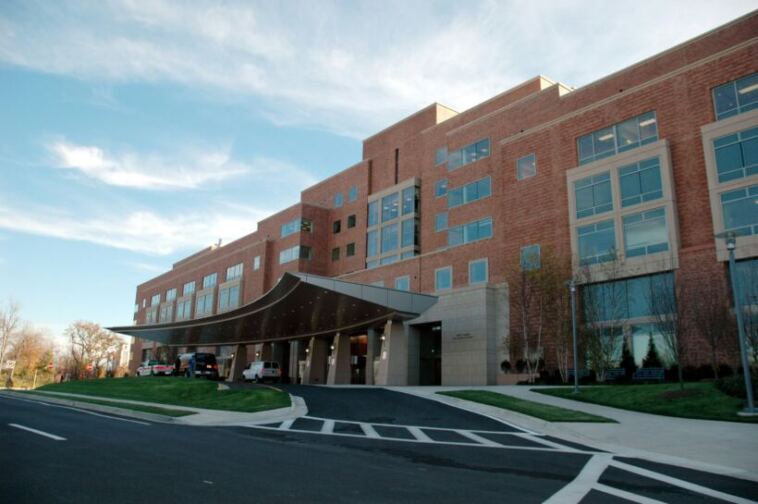- Like
- SHARE
- Digg
- Del
- Tumblr
- VKontakte
- Flattr
- Buffer
- Love This
- Save
- Odnoklassniki
- Meneame
- Blogger
- Amazon
- Yahoo Mail
- Gmail
- AOL
- Newsvine
- HackerNews
- Evernote
- MySpace
- Mail.ru
- Viadeo
- Line
- Comments
- Yummly
- SMS
- Viber
- Telegram
- JOIN
- Skype
- Facebook Messenger
- Kakao
- LiveJournal
- Yammer
- Edgar
- Fintel
- Mix
- Instapaper
- Copy Link
Introduction
Physicians, as with practically all other professions across all industries around the world, occasionally have the motive to leave their current employer and search for an alternative organization. Physicians cite several motives for switching organizations, such as changing specialty, location, and not feeling valued enough by their current employer.
Given many regions are currently experiencing shortages in healthcare, you’d imagine it’s easier enough for a physician to quit their jobs and seamlessly pick up a similar or better work package elsewhere, but it isn’t always that simple.
So, let’s have a look at the factors that determine the ease or difficulty a physician may experience when leaving their current healthcare organization in search of new work.
Contractual Obligations
Physicians bound by contractual restrictions such as non-compete clauses may encounter hurdles when transitioning between organizations, especially if they aim to practice within the same geographic area or specialty. These obligations can limit options and prolong the transition process.
Support Resources
On occasions where a physician’s switch between healthcare organizations isn’t straightforward, using support resources can be a useful way of ensuring the physician gets a role that suits their needs.
Companies like MASC Medical aim to assist out-of-work physicians with medical recruiters who provide support, expertise, and opportunities during the recruitment process.
Location
Most healthcare professionals work in densely populated cities, so competition for roles can be intense. However, rural areas are experiencing severe shortages in physicians, so, providing the individual has no prior contractual obligations to meet or fulfill, moving to work outside of a major city is likely to be a seamless transition.
Specialty Demand
Another factor contributing to the ease or difficulty a physician experiences when switching healthcare organizations is their trained specialty. Some specialties have greater general demand across the globe, while a specific area may be experiencing a shortage of physicians in a particular specialty.
Cultural Fit and Alignment
In the age of intricate recruitment policies, just being a trained and licensed physician isn’t always enough to guarantee work in one’s desired organization and location.
Physicians applying for new roles often must endure rigorous personality testing to ensure that they’ll fit with the work culture and needs of a particular organization.
Physicians who are open-minded to different working patterns and can speak more than one language have a greater chance of landing key roles and staying content in them if hired.
Credentialing and Privileging Process
The credentialing and privileging process is a crucial step in transitioning between healthcare organizations. Physicians must undergo thorough verification of their education, training, licensure, and professional background, which can be time-consuming and delay the commencement of practice at a new facility.
Alternative Routes
Sometimes, after a break from the intensity of the laboratory and the everyday stresses that come with the job, physicians decide they’d like to utilize their medical expertise in alternative fields.
Advancements in technology have made it easier for physicians to transition into non-traditional career paths, or even working part-time or remotely while solidifying exactly what their next steps are.
About Theresa Duncan
Originally from Detroit, MI, Theresa has been offering health and fitness advice for the last 30 years while working as an engineer. She decided to turn her passion into a profession, and finds nothing more satisfying than helping others reach their health and fitness goals.

